Hawkesbury to Campbelltown rail line would be better than Badgerys
THE building of a Hawkesbury to Campbelltown rail line will be the west’s Sydney Harbour Bridge moment, Charles Casuscelli writes.
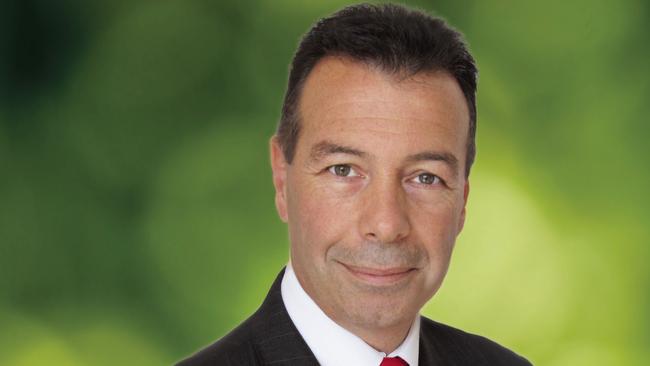
Opinion
Don't miss out on the headlines from Opinion. Followed categories will be added to My News.
Not a week goes by that I do not hear from a politician or government official citing John Bradfield’s vision and drive in delivering Sydney’s most city-shaping piece of infrastructure — the Sydney Harbour Bridge.
His plan for a bridge 50 metres wide, capable of holding four railway tracks and six lanes of traffic is all the more remarkable when you consider that it came at a time when Sydney was home to less than one million people and just 30,000 cars, and was completed in the middle of the Great Depression.
The size and scale of the Sydney Harbour Bridge meant it would certainly have failed a modern-day business case — it gave little regard to demand modelling, residential densities or the state’s budget position.
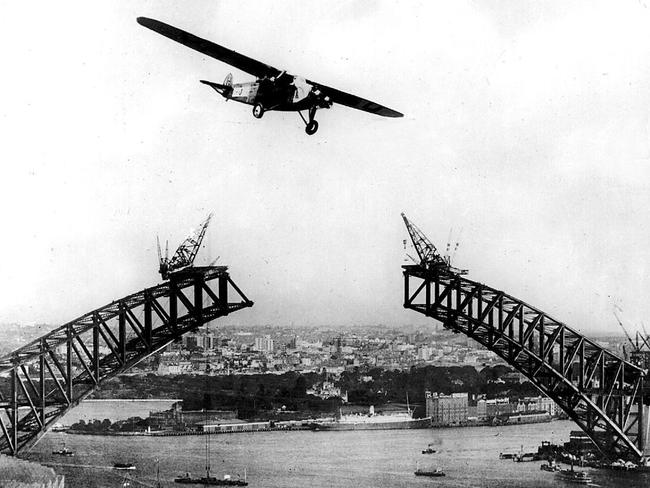
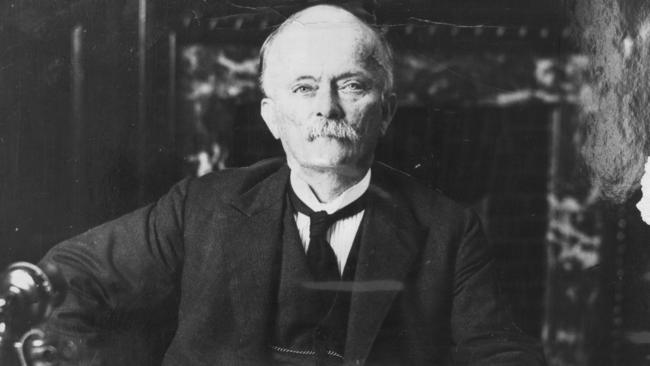
Even so, the bridge’s ongoing benefit to Sydney’s economy and livability as well as its influence on the shape of our city cannot be denied.
Southwest Sydney train stations to get massive boost in train services
Western Sydney is ready for its Sydney Harbour Bridge moment.
The region is growing rapidly, but its economy and livability will be constrained without investment in north-south transport connections between its key commercial and residential centres.
Just as the Bridge has shaped our city’s development by opening up connections between north and south, a rail line from Hawkesbury to Campbelltown will shape Western Sydney for decades to come.
No other single infrastructure project, even the Western Sydney Airport, could contribute more to the productivity, livability and sustainability of Greater Western Sydney.
The 65km route could accommodate 34 railway stations two kilometres apart, opening up the opportunity to plan commercial and town centres, schools, health facilities and villages in close proximity.
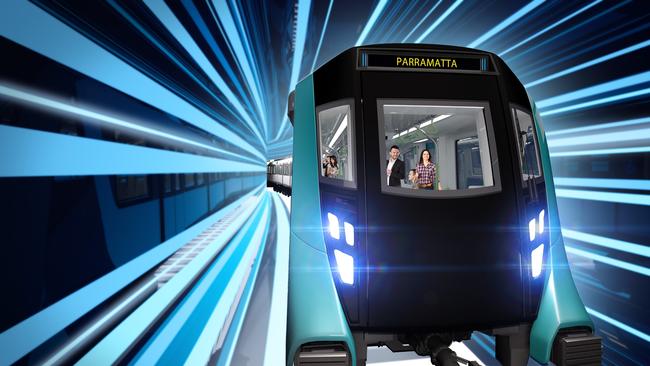
The rail line would create a highly liveable corridor up to one kilometre on either side of the tracks that could easily accommodate 650,000 people within walking distance of a railway station — two-thirds of the population growth projected for Greater Western Sydney.
Properly planned access to these railway stations would facilitate walking and cycling as part of the commute, making a substantial contribution to the obesity and diabetes epidemic in Western Sydney.
Local jobs in town centres surrounding these stations could easily total 70,000 — double the number that Western Sydney Airport is expected to generate, but in a much shorter time frame. The rail line would provide access to the last affordable industrial lands in Sydney and connect residential areas to local employment centres, acting as a catalyst for the investment that is sorely needed to deliver the 300,000 local jobs Western Sydney will need over the next 20 years.
Better yet, it could cut travel times between north and southwest Sydney by more than half — a journey which currently takes well over two hours by public transport.
This is not about growth forecasting, or business cases, or demand modelling, or feasibility studies. It is all about vision and just a little bit about courage.
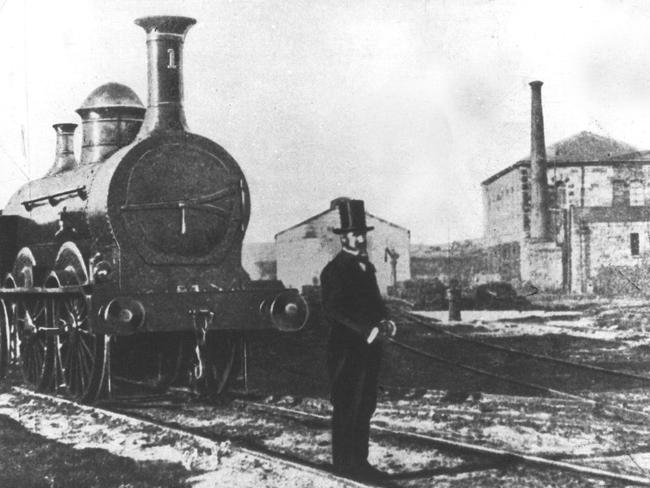
In the past NSW did so much more with so much less.
In the 60 years leading up to Australia’s federation in 1901, NSW went from no rail at all to a 4580km network of tracks — a network that remains largely unchanged to this day. Construction peaked between 1857 and 1889, when an average of 110km of rail line was laid each year for 32 straight years.
The scale of this undertaking is difficult to comprehend in today’s terms.
Tunnels were dug and bridges built with construction technology far inferior to that available now.
The population was much smaller, and the public debt of £67 million must have seemed overwhelming for such a small economy.
Sydney will be home to eight million people in 40 years
Despite these challenges, the young colony did it, and in the process supported the economic expansion of NSW for more than one hundred years.
Over the next 20 years Greater Western Sydney needs about 100km of rail to service its growing population — something our forebears achieved in a single year.
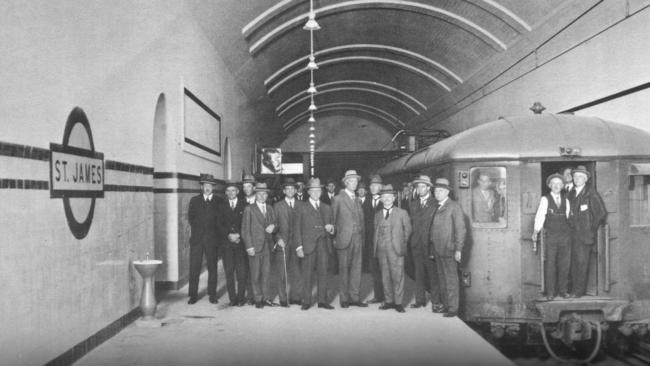
There is no doubt that NSW has the financial and engineering capacity to deliver a north-south rail link for Greater Western Sydney in time for the opening of Western Sydney Airport, in time to accommodate an extra million residents, in time to facilitate the creation of 300,000 jobs, and in time to shape our future city.
But does it have the vision?
Where is the John Bradfield of the Greater Western Sydney north-south rail link?
When politicians and bureaucrats say we need to be more like John Bradfield, who exactly do they mean by “we”?
Charles Casuscelli is CEO of the Western Sydney Regional Organisation of Councils (WSROC) which represents eight local councils in Western Sydney — Blacktown, Blue Mountains, Cumberland, Fairfield, Hawkesbury, Liverpool, Parramatta and Penrith.


